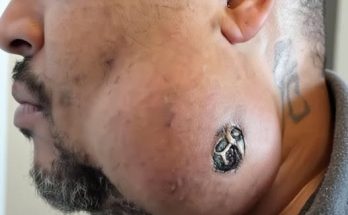You bend down to tie your shoes, and your muscles remind you of every squat, lunge, or push-up you did.
That sensation is often referred to as DOMS—Delayed Onset Muscle Soreness.
It’s normal, even healthy in moderation, but it’s also important to understand when soreness crosses into something more concerning. Learning to tell the difference between normal recovery and potential injury helps you stay consistent, safe, and confident in your fitness journey.
What Exactly Is DOMS?
Delayed Onset Muscle Soreness usually appears 24 to 72 hours after intense or unfamiliar physical activity. It’s a result of tiny microscopic tears in muscle fibers caused by challenging exercise, particularly movements that lengthen muscles under tension—known as eccentric contractions. Think of slowly lowering a dumbbell during a bicep curl or descending into a squat. When your body repairs these microtears, it builds the muscle back stronger and more resilient.
DOMS is a natural part of the adaptation process. It’s your body’s way of saying, “I’m rebuilding, give me time.” The soreness is temporary, often peaking around the second day and fading within a few days as the muscles recover and strengthen.
What DOMS Feels Like
Typical DOMS feels like a dull, tight, or tender ache in the muscles you worked. You might feel stiffness when moving, mild swelling, or a sense of heaviness. The discomfort may make you wince when sitting down or climbing stairs, but it doesn’t stop you from moving entirely. In fact, gentle movement often helps relieve soreness by improving circulation and reducing stiffness.
This kind of soreness is general and symmetrical. If you did leg day, both legs will likely feel equally sore. If you focused on upper body work, your shoulders or arms may feel fatigued, but there’s no sharp or localized pain. This broad, balanced discomfort is your sign that your muscles are adapting well.
When It Might Be an Injury
The line between normal soreness and injury can blur, especially for those new to exercise. But there are clear differences. Injuries such as muscle strains or joint damage tend to cause sharp, pinpoint pain that appears suddenly, often during the workout itself rather than the next day. This pain might worsen over time instead of improving and could limit your range of motion or make even light activity difficult.
Injuries can also come with swelling, bruising, or a feeling of instability around a joint. For example, if you feel a pop in your knee during a lunge or sharp pain in your shoulder when lifting your arm, that’s not typical DOMS. These signs suggest tissue damage that requires rest and, in some cases, medical evaluation.
If you’re unsure whether what you feel is soreness or injury, consider timing, location, and intensity. DOMS develops gradually and improves within a few days. Injuries usually cause immediate or worsening pain that persists or spreads. When in doubt, rest and seek guidance from a healthcare professional before continuing intense training.



